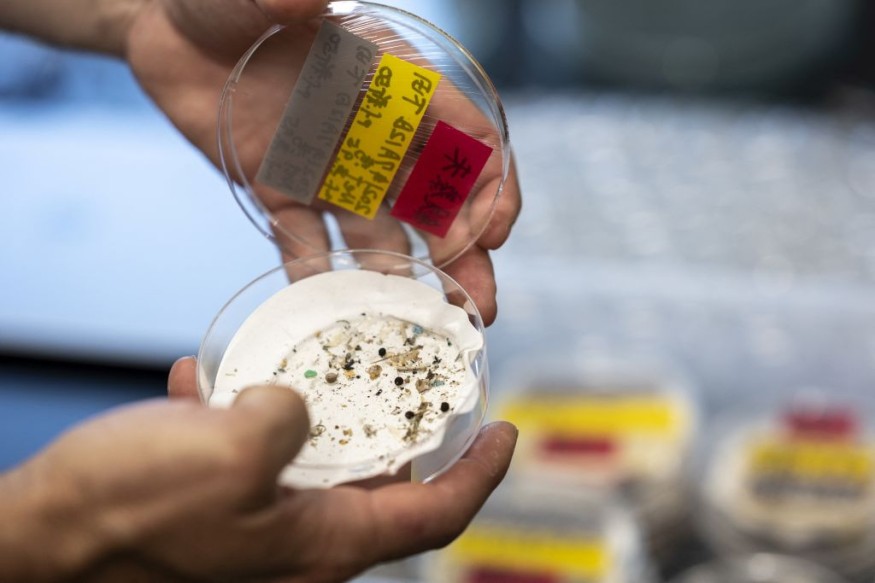Researchers have discovered that harmful viruses can hitchhike on plastic in freshwater for up to three days and remain contagious.
It has been discovered that enteric viruses, such as the rotavirus, which cause diarrhea and vomiting, can survive in water by adhering to microplastics, which are very small particles less than 5 mm long. Researchers from the University of Stirling discovered that they are still contagious, and may pose a health risk.
Prof Richard Quilliam, the lead researcher on the project at Stirling University, pointed out that because viruses can attach to microplastics, they can survive in the water for at least three days and possibly even longer.
Virus and Behavior

Quilliam said that this study is the first to examine how viruses behave in the environment. Earlier studies had been conducted in sterile environments. To ascertain whether viruses discovered on microplastics in water were contagious, he used conventional laboratory techniques.
The scientist said that although they had not tested how well viruses could survive or hitchhike successfully on environmental plastic, their research had shown that the viruses do survive and do continue to be contagious.
Quilliam continues to say that wastewater treatment plants were unable to capture microplastics and that three days is sufficient time for an infectious agent to travel from the wastewater treatment works to the public beach. He continued by saying that even if a wastewater treatment plant does everything possible to clean sewage waste, the water that is released still contains microplastics, which are then carried downstream by rivers, into estuaries, and eventually wash up on beaches.
Health Hazards
Swimmers could swallow these tiny plastic fragments because they are so small. Children may pick up and ingest the brightly colored, lentil-sized pellets known as nurdles that occasionally wash up on beaches. Then he emphasized that a person only needs a small number of virus particles to become ill.
While the effects of microplastics on human health are still unknown, Quilliam contends that if those microplastic particles become colonized by human pathogens, they could pose a serious threat to human health, the Guardian reports.
Two different viruses were tested by the researchers. The first category includes organisms that have a protective envelope or lipid coating, such as the influenza virus. The second category consists of enteric viruses like rotavirus and norovirus or those without an envelope. In those with a coating, the envelope disintegrated quickly, killing the virus, but in those without a coating, the virus was able to successfully hitchhike by binding to the microplastics and survived.
Even though viruses can bind to environmental natural surfaces as well, plastic pollution persists much longer than those substances.
The viruses were tested for three days, but future research will focus on determining how long they might continue to be contagious.
According to a study conducted by Quilliam's team last month, wet wipes and cotton buds that washed up on beaches contained high concentrations of fecal bacteria. On plastic pellets on Scottish beaches, sewage bacteria were first discovered "hitchhiking" in 2019.
© 2025 NatureWorldNews.com All rights reserved. Do not reproduce without permission.





